
Lexington’s African American Heritage Walking Tour

Join us for an on-demand walking tour of Downtown Lexington’s African American heritage sites.

Join us for an on-demand walking tour of Downtown Lexington’s African American heritage sites.

Explore topics related to Science, Technology, Engineering, Art, and Math (STEAM) in this space for youth, grades 3-12.
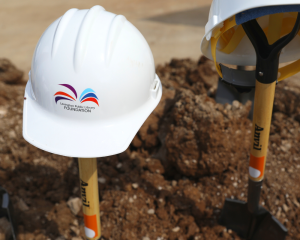
Learn how the Lexington Public Library Foundation empowers change within our library system.

Learn or develop a personal or professional skill with LinkedIn Learning classes, available for free with your library card.

Did you know physical materials renew automatically if they don’t have a waiting list? Check your account online to see the status of your items.

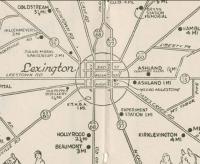
The Kentucky Room's collections contain Lexington's residential directories going back over 200 years, and are some of the most useful resources for researchers looking for family information, neighborhood histories, and house histories.
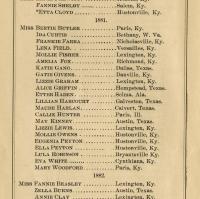
The library has a variety of directories and yearbooks with local information. In the library's current digital collection, there is a selection of residential and street directories, yearbooks, school directories, and organizational directories. These are all fully word-searchable.
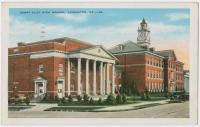
Lexington's school system dates back to the city charter of 1831, and it first school opened in 1834. From a single building in 1834 with about 100 students, today the Fayette County Public School system has over 40,000 students and 68 schools and programs. Lexington and Fayette County combined districts in 1968, shortly before the city/county government merger in 1974.
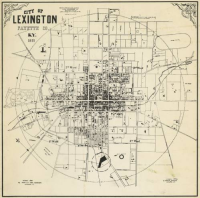
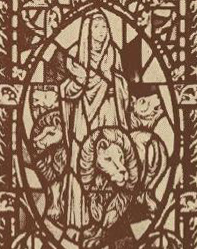
Fayette County churches contain some of the earliest records and information preserved about central Kentucky history. The digital archive contents include church ledgers, minutes, directories, and informational brochures.
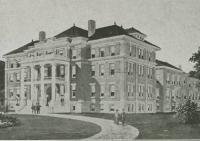
Fayette County's buildings contain a great deal of history about the region and its inhabitants.
The Old Kentucky Architecture book by Rexford Newcomb (1940) contains images, details, and some architectural layouts from all around Kentucky, but the Lexington properties include Llangollen (the Dr. John C. Lewis House), the Benjamin Gratz House, Rose Hill, Hopemont, Eothan, Ashland, Mansfield, Helm Place, Carrick House at Whitehall, Morrison College at Transylvania University, the tomb of Gideon Shryock's father Matthew at the Old Episcopal Burying Grounds, Ingleside (listed here as Ingelside), Loudoun House, Botherum, Walnut Hill Church, and the Sexton's Cottage at the Old Episcopal Burying Grounds.
The Court-Houses of Lexington by J. Winston Coleman, Jr. (1937) contains photos and history of Fayette County's four courthouses.
The Illustrated Lexington (1919) has a variety of images, but included are some exterior and interior photographs of downtown Lexington businesses and houses.
Bluegrass Houses and Their Traditions by Elizabeth M. Simpson (1932) contains photos of various Fayette and surrouding county properties, with descriptions of the families, buildings, and contents. The properties include Glendower, Castleton, Eothan, Idle Hour, Maxwell Place, Winton, Elmendorf, Clingendaal, Morrison College, La Chaumiere du Prairie, Scarlet Gate, the Meadows, Lindenhouse, Belair, Mount Brilliant, Coldstream, Hopemont, Bodley House, Roberts House, Woodburn House, Botherum, Greentree, Ingleside, Loudoun, Thorn Hill, Rose Hill (Buckner), Elmwood, Sycamore Park, Walnut Hall, Edwards House, Patchen Wilkes, Hurricane Hall, Forkland, the Old Keen Place, Xalapa, the Ward Place, Calumet, Dunreath, Kilmore, Alleghan Hall, Sumner’s Forest, Stoneley, Rose Hill (Talbert), Helm Place, Castlelawn, Dixiana, Bryan Station, Poplar Hill, Mansfield, Fowler’s Garden, Mount Hope, Hollyrood, and Ashland.
Gratz Park (1983) contains illustrations and brief descriptions of the buildings and features of Gratz Park in downtown Lexington.
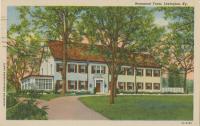
The Fayette County Postcard collection contains images of well-known sites in Central Kentucky, such as Keeneland, Transylvania University, Ashland, and many others. The 80 images provide an interesting perspective of Lexington architecture, industry, and culture in the early 20th Century.
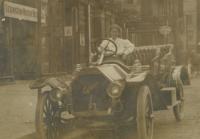
Fayette County, Kentucky, has changed enormously since it was created in 1792. This collection contains government documents for the city of Lexington, for Fayette County, and for the merged Lexington-Fayette Urban County Government, as well as funeral notices, club directories, scrapbooks, image collections and a history of Lexington Public Library.
The Lexington Public Library’s Digital Archives provide open access to researchers and students to learn more about the rich history of Lexington and Fayette County. It contains a fraction of the Library’s physical holdings, which are housed and available for reference in the Kentucky Room at the Central Library. New material is being digitized and added constantly, so there's always something new to find.
The archives have a simple keyword search, and it is possible to browse the collections by subject, area, or decade. The Lexington Public Library actively reviews and labels materials in our archives with statements that indicate how you may reuse the images, and what sort of permission, if any, you need to do so. Please check the information for each image to determine its legal status.
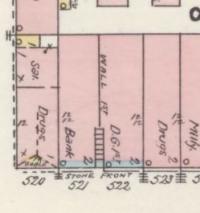
The Central Kentucky Cemeteries Maps are powered by Google Maps. Counties include: Fayette, Bourbon, Clark, Garrard, Harrison, Jessamine, Lincoln, Madison, Mercer, Montgomery, Nicholas, Powell, Scott, and Woodford.
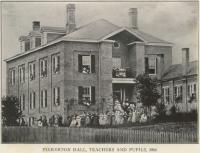
While the focus of content in the digital archive is Fayette County, many other counties are represented. This list is in alphabetical order by county name for non-Fayette County content.
Anderson County
Bath County
Boone County
Bourbon County
Boyd County
Boyle County
Breathitt County
Bullitt County
Caldwell County
Calloway County
Christian County
Clark County
Clay County
Floyd County
Franklin County
Garrard County
Graves County
Grayson County
Hardin County
Harlan County
Hopkins County
Jackson County
Jefferson County
Jessamine County
Johnson County
Knox County
Laurel County
Leslie County
Livingston County
Madison County
Mason County
Meade County
Mercer County
Muhlenberg County
Nelson County
Owsley County
Pulaski County
Robertson County
Rockcastle County
Scott County
Shelby County
Warren County
Washington County
Wolfe County
Woodford County
The Lexington-Fayette County Health Department had its earliest form almost as long as the city itself has existed, when the newly formed city of Lexington would appoint a local physician to investigate reports of certain diseases for quarantine. As early as 1794, Lexington's citizens were getting smallpox inoculations. The city created a Board of Health possibly as early as the 1820s, as a young Lexington experienced cholera outbreaks, typhus, smallpox, and the various growing pains created by more people living and working closer together. In 1938, the Lexington city Board of Health merged with the county’s Board to become the Fayette County Health Department.
The board minutes for January 1904 – April 1922 provided by the Health Department show the broad range of topics impacting local citizens, and the Health Department’s role in keeping its citizens healthier. Through the decades, the Health Department has tested the local milk supply for tuberculosis, led education and vaccination programs, inspected restaurants, set quarantines to prevent the spread of disease, improved sanitation, and at one point ran the local crematory and eruptive hospital.
Thanks for your interest in joining the Lexington Public Library! Your library card is the key to checking out books, downloading audiobooks, taking online classes, and much more. Please check here to find out if you qualify for a library card and how to apply.
Discover unique resources in our Digital Archives that tell the story of Fayette County. Visit cemeteries throughout Central Kentucky using our cemetery maps. Contact our resident experts in the Central Library's Kentucky Room with questions.
Description coming soon.
The Lexington Public Library receives most of its operating funds from an Ad Valorem property tax. By State law, the Library receives five cents for every $100 of assessed property value in Lexington and Fayette County.
Check here for your school's list of summer assignments.
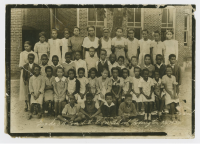
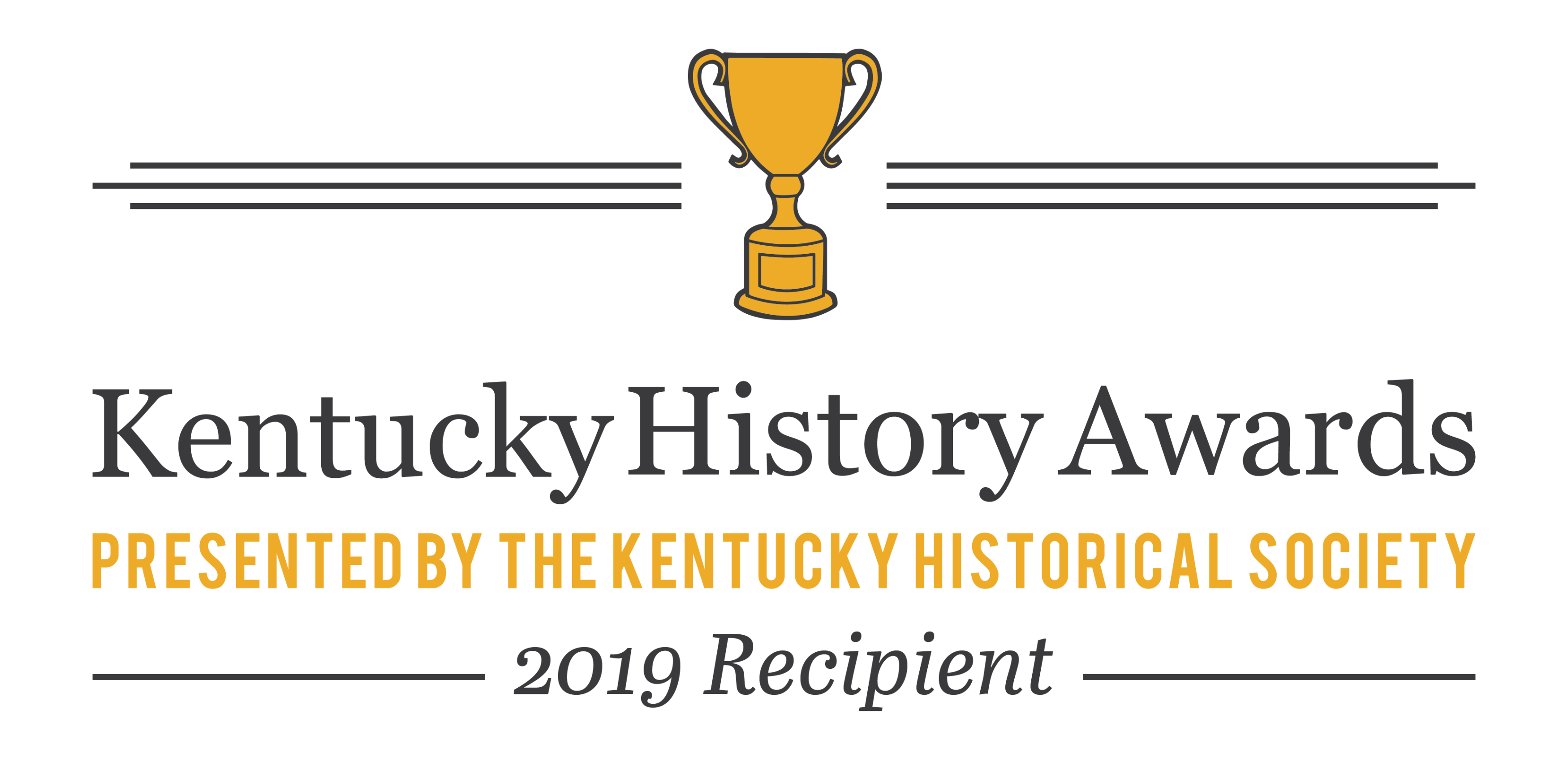
We stand for free and open access to information. That starts with removing unnecessary barriers to our educational resources and technology. The Lexington Public Library no longer charges fines or fees for late, lost, or damaged material.

Destination Kindergarten is the library’s program aimed at preschoolers and their caregivers- trying to help them practice the skills they need to be ready for Kindergarten. During each Destination Kindergarten event, preschoolers and their caregivers can find a specalized area in the library with fun books, take-home activities, and information about development milestones and school readiness.
See below for more information on upcoming events and take-home packets and activities.
The Lexington Public Library is pleased to offer teachers, childcare providers, and homeschooling families the "Bucket of Books" service. We can supplement your curriculum with specially-selected books on a particular topic or provide your classroom with specially-selected books for your students' pleasure reading.
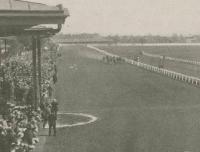
Fayette County's local businesses and organizations contain a wealth of information about local residents.
741.5 is written and designed by Lexington Public Library staff member Bill Widener. The inaugural issue came out in January 2017. Sub-titled The Comics & Graphic Novel Bulletin of the Lexington Public Library, its intent is to promote new arrivals to the Library's comics collections. 741.5 takes its name from the numeral designation within the Dewey Decimal System that covers comics and cartooning.
From early literacy to beyond, we're here to support your child's education. Find out about programs like Destination Kindergarten, LPL After School, and Student Success. Educators can apply for a Teacher Card and request a "bucket of books" or storytime kit.
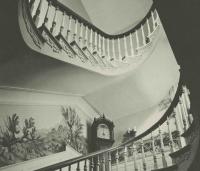
Old Homes of the Blue Grass is a photographic review of historic homes in Kentucky’s Blue Grass region. Published by The Kentucky Society in 1950, the black and white photographs show various phases of Kentucky Architecture between the Revolutionary and Civil Wars.
Homes and properties featured: Manchester, Malvern Hill, Harkaway, Bryan Place, Highland, Rose Hill, Mount Hope, Mansfield, Welcome Hall, Old Moore Place, Old Cabin, Hartland, Alleghan Hall, Duntreath, The Larches, Cherry Grove, Hopemont, Mount Brilliant, T. Howard’s Log Cabin, Woodburn, Helm Place, White Hall, Ashland, Shady Side, Stony Point, and the Old Episcopal Burying Grounds.
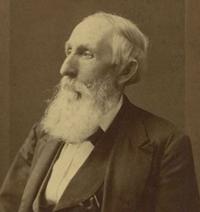
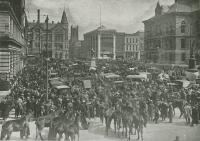
Illustrated Lexington Kentucky contains photographs, demographics, commerce and financial information about Lexington up to 1919. This work appears to have been commissioned by the Lexington Board of Commerce, and features an introduction including information about Lexington’s businesses, schools, parks, climate, infrastructure, and other amenities. There is a feature on Lexington and Fayette County’s financial health, written by Board of Commerce member J. Will Stoll. Photographs in this work include street scenes, agriculture, infrastructure, horses, prominent homes, and the interiors of many Lexington businesses.
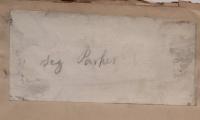
The Cyrus Parker Jones Funeral Notice collection contains 667 funeral cards of Lexington residents during the years of 1806-1886. Cyrus Parker Jones was once enslaved by the Parker family, and was emancipated upon the death of Elizabeth Parker, Mary Todd Lincoln’s grandmother, in 1849. The notices include deaths of people belonging to prominent families, infants, and at least seven free blacks.
Prior to his death in 1887, Jones donated his collection to a trustee of the Lexington Public Library, James M. Duff. Duff then donated the collection to the Library in 1900. It appears Duff added a few funeral notices to the book himself, and it ends with a notice that the library is closed for Duff's funeral, inserted later by an unknown library staff member. The physical collection is named “Duff’s Funeral Notices”, but we have renamed the digital collection to recognize Cyrus Parker Jones, and accurately reflect the collection’s origin.
The Funeral Notices are searchable by keyword.
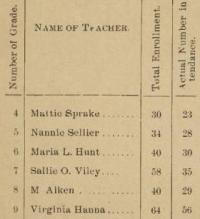
The city reports and ordinances for Lexington contain a wide variety of information about the people, infrastructure, and businesses.
The Lexington ordinances contain the laws and procedures for local government and departments, as well as local elections. The charter covers the incorporation of the city of Lexington.
The reports for the various city departments vary from year to year, but in general contain the mayor and city officers, and reports for the city clerk, auditor, treasurer, jailer, solicitor, attorney, assessor, license officer, health officer, city physician, fire and police departments, public works, parks, and sometimes special projects, like a temporary smallpox ward or the orphan home. Often the reports include specifics on city streets, and businesses with accounts with Lexington for goods and services.
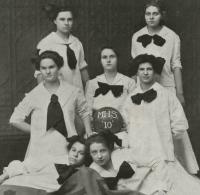
The Morton School Number 1, Lexington’s first public city school in 1834, was originally built on the corner of Walnut (later Martin Luther King Dr.) and Short Street. William Morton, who died in 1836, established a trust to be invested and used to maintain a free public school in Lexington, and the first public school was named in his honor. It became the Morton High School in 1904 and the Morton Junior High School in 1917. The school was relocated to Tates Creek Road as a middle school in 1938.